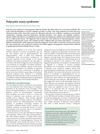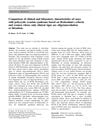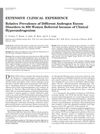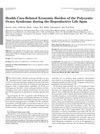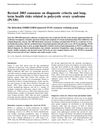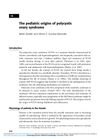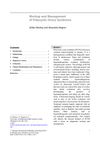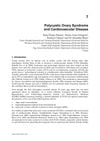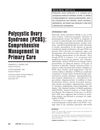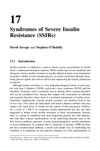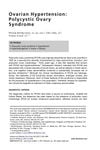Metabolic Features of the Reproductive Phenotypes of Polycystic Ovary Syndrome
January 2009
in “
Human Reproduction Update
”
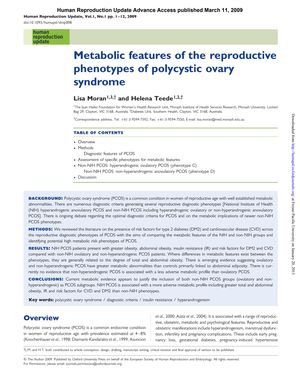
TLDR Women with the NIH type of PCOS have more obesity and higher risk of diabetes and heart disease than those with other types of PCOS.
In the 2009 study, Lisa Moran and Helena Teede reviewed literature to understand the metabolic differences among various phenotypes of Polycystic Ovary Syndrome (PCOS). They found that the National Institute of Health (NIH) PCOS phenotype, which includes hyperandrogenism and irregular ovulation, is associated with greater obesity, insulin resistance, and higher risk factors for type 2 diabetes and cardiovascular disease compared to non-NIH PCOS phenotypes. The study also indicated that abdominal obesity is a significant factor in the metabolic abnormalities seen in PCOS. Non-hyperandrogenic PCOS phenotypes were found to have similar insulin resistance to ovulatory PCOS when matched for abdominal obesity. The review concluded that all PCOS phenotypes, including non-NIH groups, should be considered subgroups of PCOS due to their metabolic features, with NIH PCOS showing a more adverse metabolic profile. The document also highlighted the need for more research to better understand the metabolic implications of PCOS and to develop targeted screening and treatment strategies.

